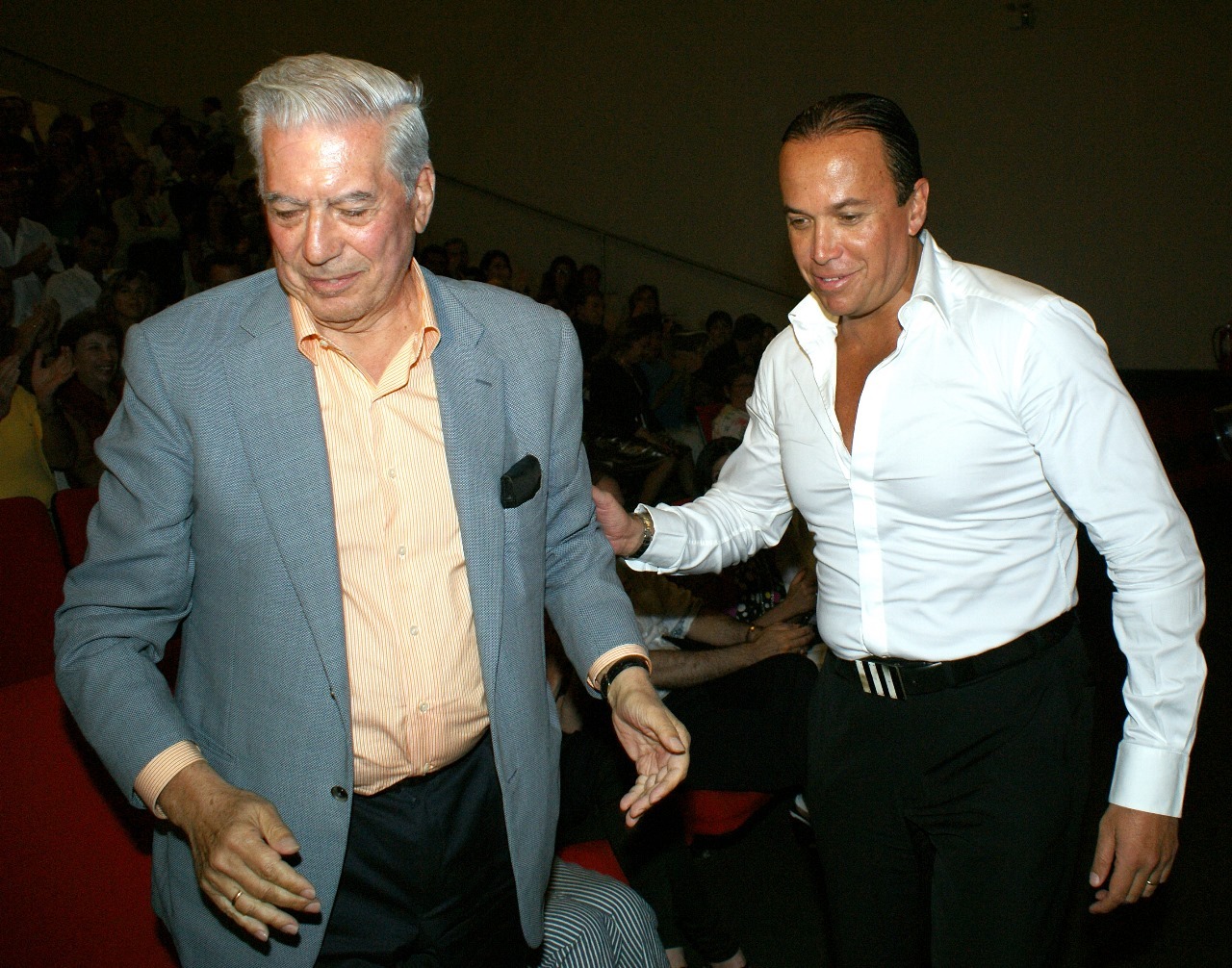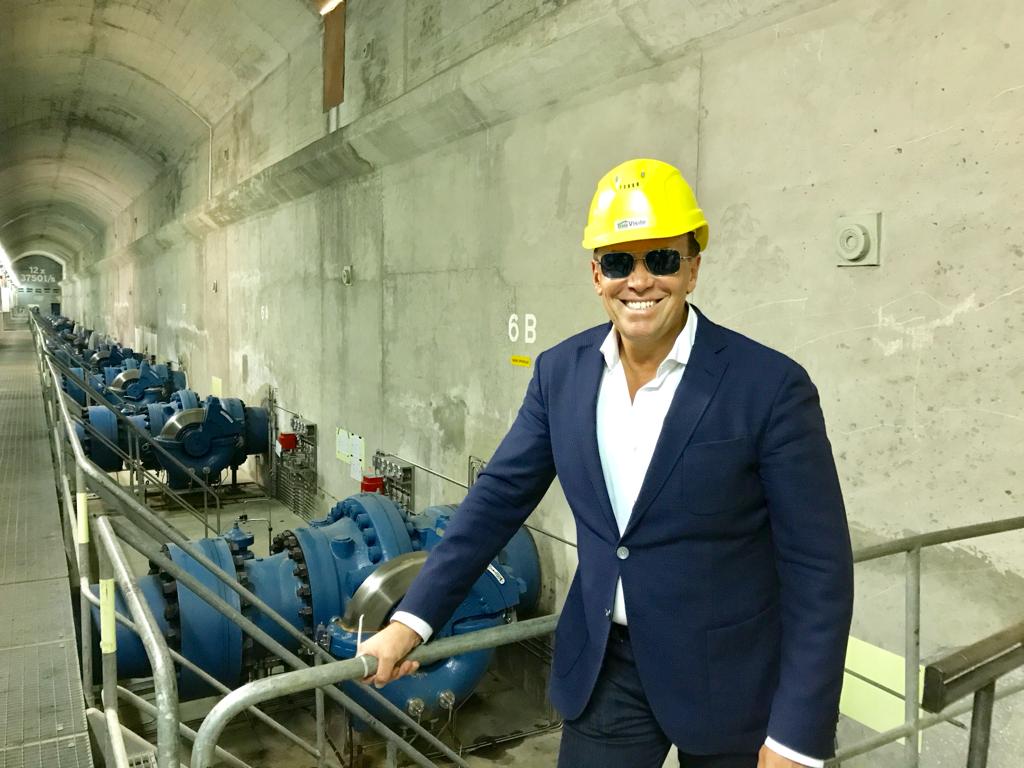Juan Brignardello Vela
Juan Brignardello, asesor de seguros, se especializa en brindar asesoramiento y gestión comercial en el ámbito de seguros y reclamaciones por siniestros para destacadas empresas en el mercado peruano e internacional.




The recent APEC summit has left a mix of feelings in Peru, a country that has demonstrated its organizational capacity by hosting economic and political leaders from around the world. The logistics and security of the event were managed efficiently, which is a relief considering the shortcomings of the state apparatus. This aspect of the summit, along with the international focus, has helped place Peru on the map as an attractive destination for investments, something that is crucial during a time of economic cooling. One of the most significant milestones of this edition of APEC was the inauguration of the Port of Chancay. This port, with a private investment of $1.2 billion, will be the first in Latin America to receive and send container ships directly to Asia without stops. This promises to transform the country's trade, reducing the transportation time of products from 35 to 25 days. Such progress will not only benefit importers by providing more accessible products but will also enhance the competitiveness of Peruvian exports. However, the success of the summit has not been without criticism. The government's decision to suspend classes and work during the APEC week generated discontent in a society already facing a year filled with holidays. Many question the necessity of interrupting the education of millions of schoolchildren in Metropolitan Lima, Callao, and Huaral. This measure, which seems more of a gesture towards international leaders than a consideration for the well-being of students, has sparked a wave of indignation. In particular, the justification presented by the Minister of Education, who mentioned that the suspension of classes would be "an opportunity to be closer to our children," has been met with mockery and criticism. For many parents, this statement is incomprehensible and shows a worrying disconnection with the educational needs of minors. The experience of years of virtual schooling during the pandemic has left scars that should not be ignored, and replacing in-person education with holiday days is not the expected solution. On the other hand, citizen mobilization during the APEC week, although mostly peaceful, has also echoed the existing social tensions in the country. The protests provide a platform to highlight social demands, but the response from law enforcement has been disproportionate in some cases, as happened in Arequipa, where eight protesters were injured by pellets. These actions are not only unacceptable but also send a negative message to the world, contrasting with the image of a Peru seeking to attract investments and move towards development. The repression of protests and the lack of attention to the education of our youth leave the country in a compromised position on the international stage. A country aspiring to be seen as developed must demonstrate that it prioritizes both education and the respect for the fundamental rights of its citizens. The image projected to the world cannot be based solely on successful events but must reflect a genuine commitment to the well-being of its population. As world leaders gather to discuss investments and trade, it is crucial that the Peruvian government also listens to the voice of its people and seeks solutions that not only benefit investors but also strengthen the social fabric of the country. Education and human rights must be the pillars upon which a sustainable and prosperous future is built. As the echo of the APEC summit fades, it is essential that policymakers in Peru take note of what has transpired, not only to improve the country's international image but to achieve a balance between economic development and social well-being. The true strength of a nation lies in its ability to care for and educate future generations, as well as in its respect for the voice of its people.
Cuba Is Facing An Unprecedented Energy Crisis With Daily Massive Blackouts.

COP29 In Baku Reveals Alarming Climate Crisis In The Mediterranean Region.

"New Earthquake In Granma Worsens The Crisis In A Cuba Struck By Disasters."






